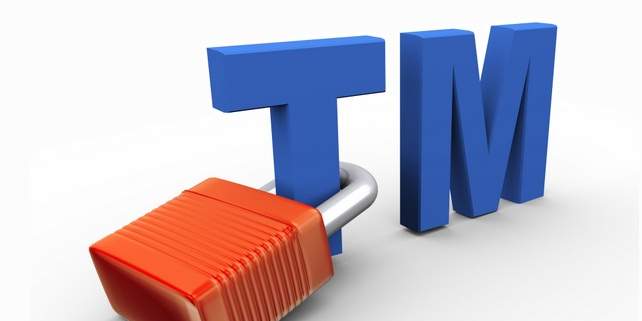
No one wants confused customers — especially in the craft beer industry — which has a crazy amount of brands and products. That’s why, in the United States and many other countries around the world, you can’t register a new trademark that’s similar to another mark in your area of business, or to a famous brand (regardless of whether your product or service is related).
Beyond identical matches, you’ll also want to steer clear of marks that:
- sound similar, like copycat and kopycat;
- look similar, like copycat and copyact;
- or have similar meaning, like sneaky copycat and sly copycat.
According to a recent survey, as many as one in three businesses have had to re-brand a product or service due to trademark similarity — a very expensive consequence for not doing enough homework up front. For example, New Orleans-based clothing company Monkey Hill Apparel was forced to change its business name after two years in the marketplace when a clothing company with a similar name complained. The owner of Monkey Hill said she had no idea the trademark was already registered to someone else.
Suggestion: Attend CBB‘s free webinar — Bottling Your Brand: What Craft Brewers Need to Know about Trademark Protection by clicking right here.
Luckily, you can uncover possible conflicts like these before you even start the process of filing your mark by doing a thorough search. Whether you use a DIY online tool or enlist the help of an attorney to evaluate your desired trademark for risky similarities, following these five steps will give you a good sense of whether you’re good to go, or if you should go back to the drawing board and make some adjustments before filing your trademark application.
1. Search trademark databases
A good place to start your search is with United States Patent and Trademark Office (USPTO) data. This will help you determine if there are already registered or pending marks that both overlap with your area of business and are confusingly similar to yours. Owners of trademarks registered with the USPTO have enforceable rights across all 50 states, so it’s critical to be aware.
One way to do this is to go straight to the source — the Trademark Electronic Search System (TESS) and the Trademark Applications and Registrations Retrieval (TARR) database. However, original trademark office data can contain errors created by the trademark owner during the application process. These basic sources also often lack additional helpful information, such as trademark owner names or application status. The result of relying on these tools is a greater chance of making decisions on incomplete information.
Alternatively, Trademark.com’s search tool, built with small business owners in mind, offers enriched and error corrected USPTO data. It’s also easy to use and to interpret, with ranked results (identical and similar) and links to relevant content that can help streamline your review process.
2. Comb through unregistered product and company names
If you stop after Step 1 and only search trademark office records, you’re overlooking a major source of potential conflicts that could create expensive headaches down the road. It’s beneficial to also check whether anyone else is using your desired trademark (or ones similar) in the marketplace, because in some jurisdictions including the U.S., brand owners can secure trademark rights (often known as “common law”) simply by using their mark in day-to-day business — even if they haven’t registered the mark with the trademark office.
General Google searches may be a good start, but don’t forget to take a look at relevant industry-specific publications, business directories, and e-commerce marketplaces like Amazon and iTunes.
Read more here about the critical importance of a thorough common-law search.
3. Check out social media, too

Today, 69 percent of Americans use social media in some form, making it a fantastic way to inform and engage customers. If someone is already using your desired mark on one of these platforms — particularly in a commercial context — you may want to make adjustments to ensure that your mark is distinct and unlikely to cause confusion in the marketplace. If you don’t encounter any similarities, you can take advantage of the first-come-first-served username registration policies in place on many platforms to prevent anyone else from using your brand in that way. You may also want to think about claiming accounts for any obvious variations of your desired trademark name, even if you never use them, as a preventative measure against copycats.
4. Explore available internet domains
Like social media accounts, domain names are secured on a first-to-purchase basis, which means that even if you’ve registered a trademark, someone else could already have rights to the corresponding domain name. You may want to check that your desired domain name (and relevant variations thereof) is available before you file your trademark application and secure it if so. Trademark registration applications are public information, and bad actors have been known to review pending marks and purchase the domain names, knowing that trademark owners will shortly find themselves in a bind and willing to buy the domains at a premium. While there are formal processes for combatting this behavior under the Anticybersquatting Consumer Protection Act, it’s easier and cheaper to be proactive.
5. Vet it in local languages
If you do (or eventually intend to do) business in regions where different languages are spoken, you may want to check for translated matches in relevant country Trademark Office databases before you register your mark. Investigating the word meaning or connotation of your trademark in local languages where you’re likely to have customers can also help you determine if you want to move forward with registering your mark.
Ali Smith is the product marketing manager for Trademark.com.





Leave a Reply
You must be logged in to post a comment.